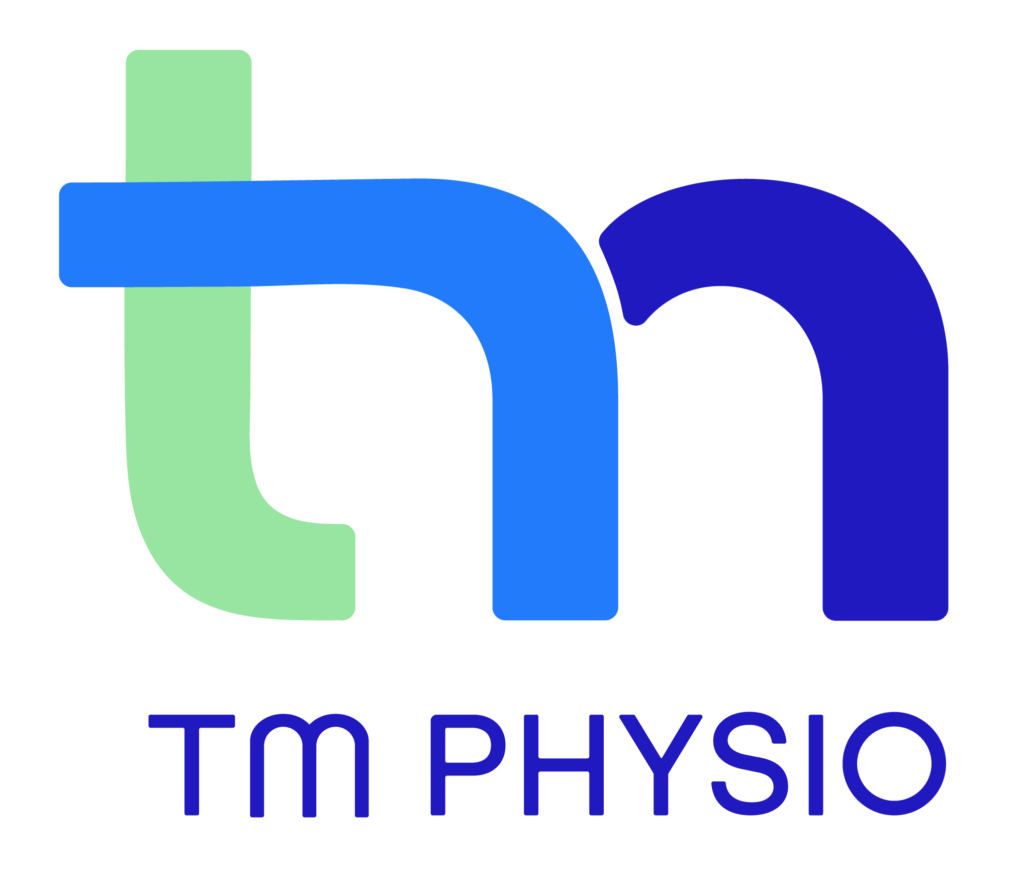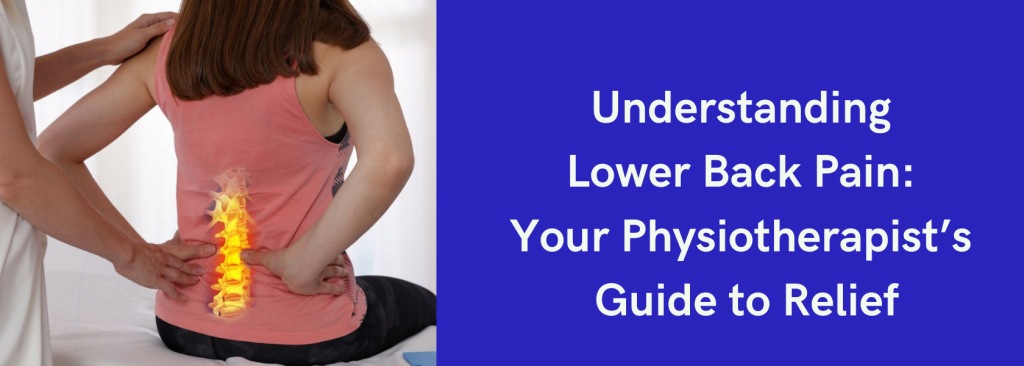If you’ve ever experienced lower back pain, this is for you. Firstly, know that you’re not alone – it’s one of the most common complaints worldwide. The physiotherapists at TM Physio are here to shed some light on what might be causing that discomfort and how they can work their magic to help you find relief.
Causes of Lower Back Pain: Unravelling the Mystery
Lower back pain can have various triggers, and pinpointing the exact cause is like solving a puzzle. Some of the most common culprits include:
1. Muscle Strain: Muscular strains and sprains can happen when you overexert yourself during physical activities or twist awkwardly. To reduce the risk of straining a muscle in the future make sure you warm-up, work at an appropriate intensity for you, listen to your body, and move with correct form. (And bend from the hips and knees!!!)
2. Poor Posture: That slouching might feel comfy now, but your body doesn’t agree! And we promise it won’t feel good in the future. Maintaining poor posture, especially while sitting for extended periods, puts undue stress on your lower back. While some muscles are flopping others have to work extra hard. (And things get compressed and pinched and forced into odd positions….)
3. Herniated Disc: Picture your spine as a stack of building blocks, known as vertebrae, with soft, jelly-like cushions, called intervertebral discs, nestled between each block. These discs have a tough, fibrous outer layer called the annulus fibrosus and a gel-like centre known as the nucleus pulposus. The discs serve as shock absorbers, allowing your spine to bend and flex while cushioning the impact of daily movements. Imagine a tiny crack or tear in the annulus fibrosus, like a puncture in a tyre. If too much pressure is exerted on the disc, the jelly-like nucleus pulposus can push through that crack, like the air escaping from the tyre, causing a herniation. When a disc herniates, the bulging nucleus pulposus can press on nearby nerves, causing irritation and inflammation. Herniated discs can happen anywhere along the spine, but they’re most common in the lumbar region (lower back) and cervical region (neck). The lumbar area is particularly prone to herniations due to its weight-bearing function and the stresses it endures during daily activities.
4. Degenerative Changes: As we age, our spine undergoes natural wear and tear. Why? The discs between our spinal bones (vertebrae) start losing their water content as we get older making them less plump and more susceptible to damage. When they lose water, they become thinner and less effective in absorbing shocks, leading to less flexibility and sometimes pain. If that wasn’t enough, the cartilage, which covers the joints between the vertebrae, can start to wear away. This cartilage is like a protective cap, allowing smooth movements between the bones. When it thins out, the bones may rub against each other, causing pain and stiffness. To compensate for these changes, the body may form bony growths called bone spurs. These spurs are like little extensions on the bones and can sometimes press on nerves, causing pain or discomfort. All of these degenerative changes combined can lead to conditions like osteoarthritis, spinal stenosis (narrowing of the spinal canal), or herniated discs, causing various degrees of back pain. While these changes are a natural part of aging, taking good care of your spine can help minimise their impact.
5. Sciatica: Meet the sciatic nerve, a long nerve that runs from your lower back down your leg. When it gets irritated or compressed, it can send shockwaves of pain, numbness or tingling down your leg.
6. Scoliosis: In some cases, an abnormal curvature of the spine, called scoliosis, can trigger lower back pain. It’s a scary diagnosis to receive, but don’t worry; it’s more common than you might think!
7. Lifestyle Factors: Let’s not forget our daily habits! A poor diet, too much alcohol, smoking, carrying excessive weight and not getting enough exercise can also contribute to lower back pain. We know you’ve heard all this before! It might not feel like a good thing now, but if back pain can be the catalyst to healthy lifestyle changes for you, then your overall health will be grateful for it.

How Your Physiotherapist Can Work Wonders:
The Plan of Action
Now that we’ve explored some of the usual suspects causing lower back pain let’s see how the physiotherapists at TM Physio can help you find relief!
1. Thorough Assessment: First things first! Your physiotherapist will have a heart-to-heart with you to understand your symptoms, medical history, and lifestyle. They might even use their magic touch to assess your posture, flexibility, and muscle strength.
2. Tailored Exercise Program: Get ready to embrace those exercises like old friends! Your physiotherapist will create a personalised exercise program to strengthen your core muscles, improve flexibility, and boost your back’s stability. It’s like an action plan designed just for you! They might also give you advice on some exercises to avoid (while you heal) and ideas on how to modify your existing exercise regime to keep you moving through this recovery.
3. Manual Therapy Techniques: Prepare for a little hands-on magic! Your physiotherapist might use various manual therapy techniques like joint mobilisation, soft tissue massage, and stretching to ease muscle tension and restore mobility.
4. Education & Posture Tips: Knowledge is power! Your physiotherapist will enlighten you about maintaining good posture during daily activities and offer tips to avoid future back woes.
5. Pain Management Strategies: Your physiotherapist knows how to tackle pain! They might employ techniques like heat and cold therapy or electrical stimulation to calm those cranky nerves.
6. Sciatica Relief: If sciatica is your foe, fear not! Your physiotherapist will target the sciatic nerve, easing the pressure and helping you find relief from that shooting leg pain.
7. Lifestyle Advice: Ah, the little things that make a big difference! Your physiotherapist will guide you on how to make positive lifestyle changes, from improving your ergonomics at work to incorporating more physical activity into your routine.
8. Gradual Progression: Remember, Rome wasn’t built in a day! Your physiotherapist will ensure your treatment plan progresses at a safe and comfortable pace, so you can recover steadily and avoid setbacks.
Of course, it’s impossible for us to diagnose what’s happening to your back without meeting you so call us on 6254 9889 for an appointment. We’re here to help with more than information! But if you’re someone who just likes knowing stuff why not follow us on social media. We’re on Facebook and Instagram. We like to post fun and fascinating facts, healthy hints and the odd inspiring insight. Take care of your body – it’s the only place you have to live!


